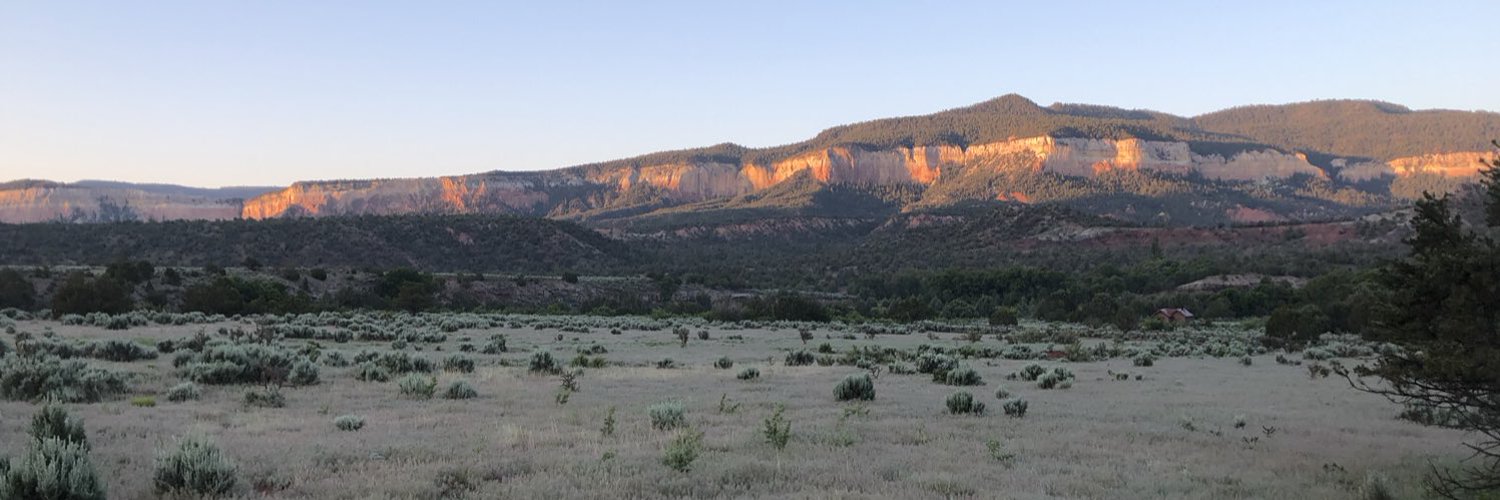This case presents an interesting issue of textual interpretation — what does it mean to “use” a weapon? I would not be surprised to see our Supreme Court take up this case:
Suspecting that 12-year old Zachariah G. had some sort of weapon, the principal of his middle school in Clovis brought Zachariah to his office. A search of his pockets revealed a CO2 cartridge, which the principal knew was commonly used with BB guns.
The principal then noticed a bulge in Zachariah’s waistband that was not normal. Zachariah declined to show the object to the principal, but instead asked: “What would happen if somebody shot up the school?” “Are you afraid to die?” and “How would you feel if a twelve-year-old shot you?”
Zachariah did not say that he had a gun, or remove the object from his waistband, or gesture as if he had a gun. When police arrived, the searched Zachariah and found a BB gun in his pants. (A news report of the incident is here).
A jury later convicted Zachariah of aggravated assault with a deadly weapon on a school employee. The jury was instructed that an element of the offense was that Zachariah “used” a deadly weapon in committing the assault. (N.B. the statutory definition of “assault” is “any unlawful act, threat or menacing conduct which causes another person to reasonably believe that he is in danger of receiving an immediate battery[.]”
On appeal, Zechariah argued that he did not “use” the BB gun in committing the assault, since the evidence did not show that he brandished, retrieved, gestured toward, or even mentioned the gun at any time.
In State v. Zechariah G. (opinion by Judge Vanzi), the Court of Appeals affirmed. It observed that one definition of “use” is “apply to advantage.” The Court then explained and that a jury could have found that Zechariah used the gun to his advantage — despite not pulling it out, gesturing toward it, or referring to it — because there was evidence that Zechariah believed that the principal thought he had a weapon, the jury could therefore infer that his menacing questions took advantage of that.
Judge Vargas concurred, but expressed the view that “New Mexico law would benefit from a more precise definition of the term ‘use’ when considering whether a defendant ‘used’ a weapon in the commission of a crime.”
Judge Ives dissented. In his view, and relying on some California cases, “use” should be more precisely defined as “deliberately showing” a weapon or “otherwise making its presence known.” (Judge Ives also relied on Justice Scalia’s terrific dissent in United States v. Smith). Although there was a bulge in Zechariah’s pants, and a CO2 cartridge, he did nothing with respect to them, and therefore did not “use” them.
I think this case has a better-than-average chance of being reviewed by our Supreme Court.
